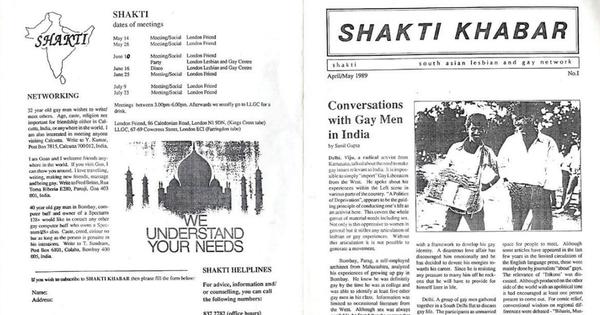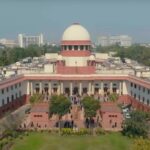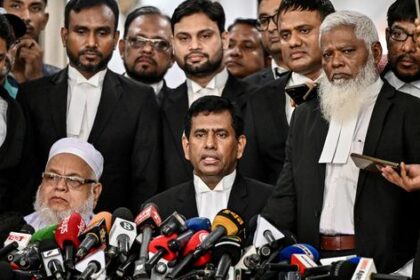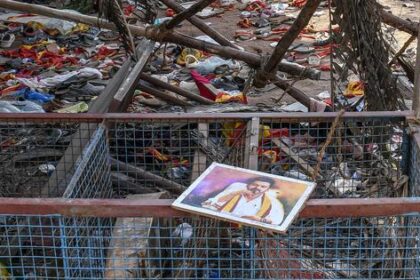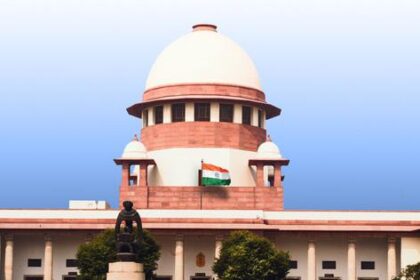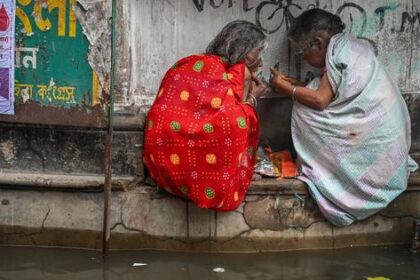Exploring the complex narratives of queer South Asians in Britain through community and resilience.
The book, Desi Queers: LGBTQ+ South Asians and Cultural Belonging in Britain, co-authored by Churnjeet Mahn, Rohit K Dasgupta, and DJ Ritu, delves into a history that has often been overlooked. It highlights the networks of care, joy, and defiance that enabled queer South Asians to survive and flourish amidst challenges. By recounting the struggles and triumphs of these communities, the authors present a nuanced narrative that complicates traditional understandings of queer liberation.
While historical moments like the Stonewall riots and miners’ strikes are frequently revisited, this book shifts focus to the experiences of South Asian queers. Their stories reveal the intersectional nature of queer histories, shaped by myriad exclusions and complexities. The authors emphasize that queer liberation is not a singular journey but rather a tapestry woven from diverse experiences. South Asian migration to Britain has been examined through various lenses, yet the unique narratives of queer South Asians remain conspicuously absent from both academic discussions and mainstream queer histories.
Desi Queers enters this silence with a sense of urgency, shedding light on friendships, kinship, and chosen families that have sustained queer South Asians in often hostile environments. It also emphasizes the importance of activism and archiving, calling attention to contributions that have long been neglected. By centering queer South Asians in the broader narrative of queer Britain, the authors challenge prevailing notions of diasporic experiences and queer resistance, asserting that these individuals played a vital role in shaping cultural and political life.
When conventional avenues for research fell short, the authors sought alternative sources. They turned to public libraries, university archives, and community-led initiatives, uncovering stories often hidden away. One notable find was a complete collection of Shakti Khabar, the newsletter of Shakti, the first organization for queer individuals from the Indian subcontinent in Britain, established in 1988. This collective served not only as a political entity but also as a cultural haven, organizing events that fostered joy and camaraderie in a climate of hostility.
The essence of Shakti continues to resonate in contemporary spaces like the Naz Foundation and Club Kali, a prominent London nightclub for South Asian queers. However, the book points out that Shakti Khabar has been largely overlooked in the growing scholarship on queer print cultures, reflecting the layered exclusions faced by queer South Asians not only within their communities but also in broader cultural narratives.
The authors also explore how community-building is crucial for understanding marginalized groups. For queer South Asians in Britain, dancefloors became sanctuaries of radical creativity. Venues like Shakti Disco and Club Kali provided not only entertainment but also spaces for identity formation and cultural expression. Through interviews with DJs and community members, Desi Queers vividly portrays these environments, highlighting the delicate interplay of joy and vulnerability experienced by individuals within these settings.
Despite facing barriers such as parental restrictions and racism, a vibrant underground club culture emerged. In cities like London, daytime raves became popular, allowing young South Asians to celebrate their music and culture. This new musical landscape, characterized by the fusion of Bhangra with other genres, reflected the diasporic roots and contemporary realities of the community. These venues served as politically charged arenas where individuals could challenge stereotypes and assert their identities.
Ultimately, the book illustrates that the seemingly fleeting moments of joy and connection—like the beats of Bhangra or the ambiance of a nightclub—are integral to the politics of belonging and the formation of queer South Asian culture in Britain.

